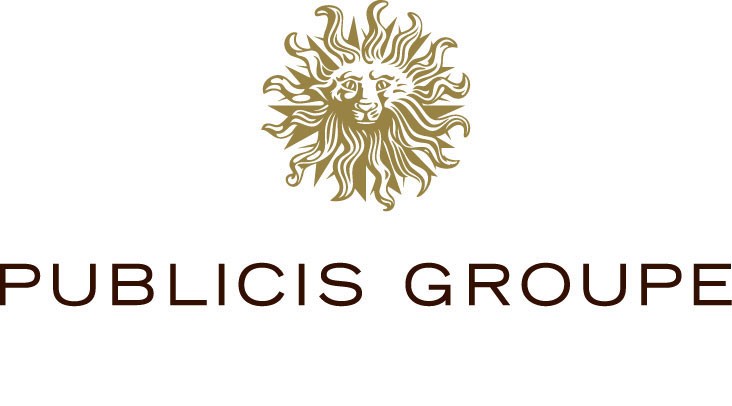VivaKi, dude, where is my code?


So where's the code?
VivaKi has a Web site, and when you click demo you go to another Web site.
Hello? Anybody home? I'm with ZDNet Open Source. I'm looking for the code?
What Publicis has done is claim its online ad network can work with the networks of Google, AOL, Microsoft and Yahoo, that you can buy campaigns on all four through VivaKi.
But where's the code?
Open source does not mean I can buy many markets through you. It means I can see how you do it, hack it, fix it, contribute to it. It means I can see the code.
So I'm asking about the code. Where do I find it?
I note The New York Times was careful not to use the words "open source" to describe this initiative, even though it's in the press release AOL's Platform A sent to describe the fact they've joined-up.
So, dude, where's my code?
I'm sorry, you may think I insult you. Publicis Groupe is French, don't you know. Among its assets is the old Modem Media, now called Publicis Modem.
So, le dude, where's my le code?
Open source is not a label, like "oven fresh," you throw on a package of crackers at Trader Joe's. It is a specific term with a specific meaning.
It means I get to see the code.
We've got people whose aim is to protect that name. Toss about a term like open source and they get unhappy. You won't like them when they are unhappy.
So I'll ask this one more time, Messieur, and I want a straight answer, not some advertising agency gobbledegook.
Where's my code?
No code, no open source.